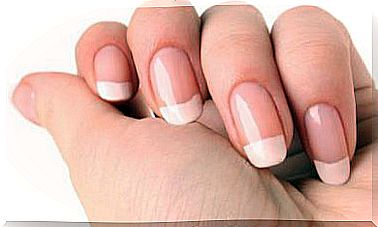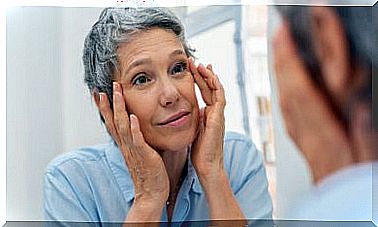How To Prevent Melasma
Melasma (formerly known as chloasma) is a very common condition. It greatly affects women from the age of 20. It consists of the appearance of brown spots in exposed areas of the skin, especially on the face (cheeks, forehead, nose and chin).
It is caused by various endogenous and exogenous factors, many of which we can avoid through healthy habits. In fact, the prevention of this skin problem is largely based on removing these triggers of the disease. How can we do it?
Preventing melasma: knowing its causes is key
As detailed in a publication by the American Academy of Dermatology , melasma does not itself cause symptoms, but it does produce skin changes that can be aesthetically uncomfortable. However, in order to intervene, it is convenient to establish its origin. Let’s see its main causes and how to prevent it.
Genetics
Genetic predisposition is a determining factor in the appearance of melasma. People who have a blood relative who has had this condition are more likely to have it. In these cases, it is not possible to intervene, but basic skin care from an early age can help.
Photo exposure

It is essential to use sun protection measures to prevent this alteration in the skin from occurring (or to avoid its reappearance once treated). In everyday situations such as walking, shopping or simply driving on public roads, a large amount of ultraviolet radiation is received.
Such exposure is enough to cause melasma, accelerate skin aging, or increase the chances of developing a variant of skin carcinoma. If photoprotective creams are not used once the melasma has established, the chances of it being resistant to treatment and becoming chronic are very high.
Photoprotection against melasma
For this reason, the indication is the daily use of photoprotection creams, if possible with a sunscreen greater than 50. These should be applied about 20 or 30 minutes before exposure to the sun, and are reapplied every 4 hours to maintain the protective effect.
In the event that we carry out any activity such as bathing, or that involve friction or sweat, it must be reapplied before the recommended 4 hours. Compact sunscreen bases are the most recommended due to their great covering power.
These sun filters must be combined with physical protection measures, such as the use of caps or hats, sunglasses that have a UV filter or simply keep in the shade.
Hormonal cause
The hormonal factor is evidenced by the appearance of melasma during pregnancy (progesterone levels), the use of oral contraceptives (estrogen levels) and finasteride in men. This is why many people call it the “pregnancy mask” or “chloasma gravidarum.”
Sometimes it disappears when you stop taking the offending medication. The ideal in these cases is to further intensify photoprotection methods, to avoid multiple causes.
Use of irritating cosmetics

When we detect that a makeup or cream causes an irritating or allergic process, it is better to always avoid it from that moment on. It is quite common that some cosmetics can undergo activation when exposed to the sun.
It is also key to avoid sunbathing, having used products that contain perfumes (especially bergamot oil, musk) and halogenated salicylanilides (it is common in soaps and deodorants).
Stress
To date there is no evidence that stress can cause melasma. However, it is believed that too much stress can make existing melasma worse, making it difficult to treat. This is because stress is related to an overproduction of melanophores, which are skin cells with pigment granules.
Photosensitizing drugs
We must bear in mind that if we are under treatment with any type of medication (it can be both oral and topical), we must consult a dermatologist because it could be the cause of the appearance of hyperpigmentation.
Among the former, the most common are antibiotics (tetracyclines and quinolones), drugs for arrhythmias (amiodarone), and diuretics (thiazides). Among the latter, the most common are anti-inflammatory ointments (ketoprofen, piroxicam), fragrances and sunscreens (octocrylene, oxybenzones).
Preventing melasma: what should we remember?
The best way to take care of the skin is to clean it daily, twice a day, in order to remove dirt and impurities. In addition, we must ensure adequate sun protection, with a product whose protection index exceeds 50.
In case of melasma, it is best to consult a dermatologist to receive an accurate diagnosis. The professional will be able to guide us on the treatments available to reduce it, including creams, peels or laser treatments.









